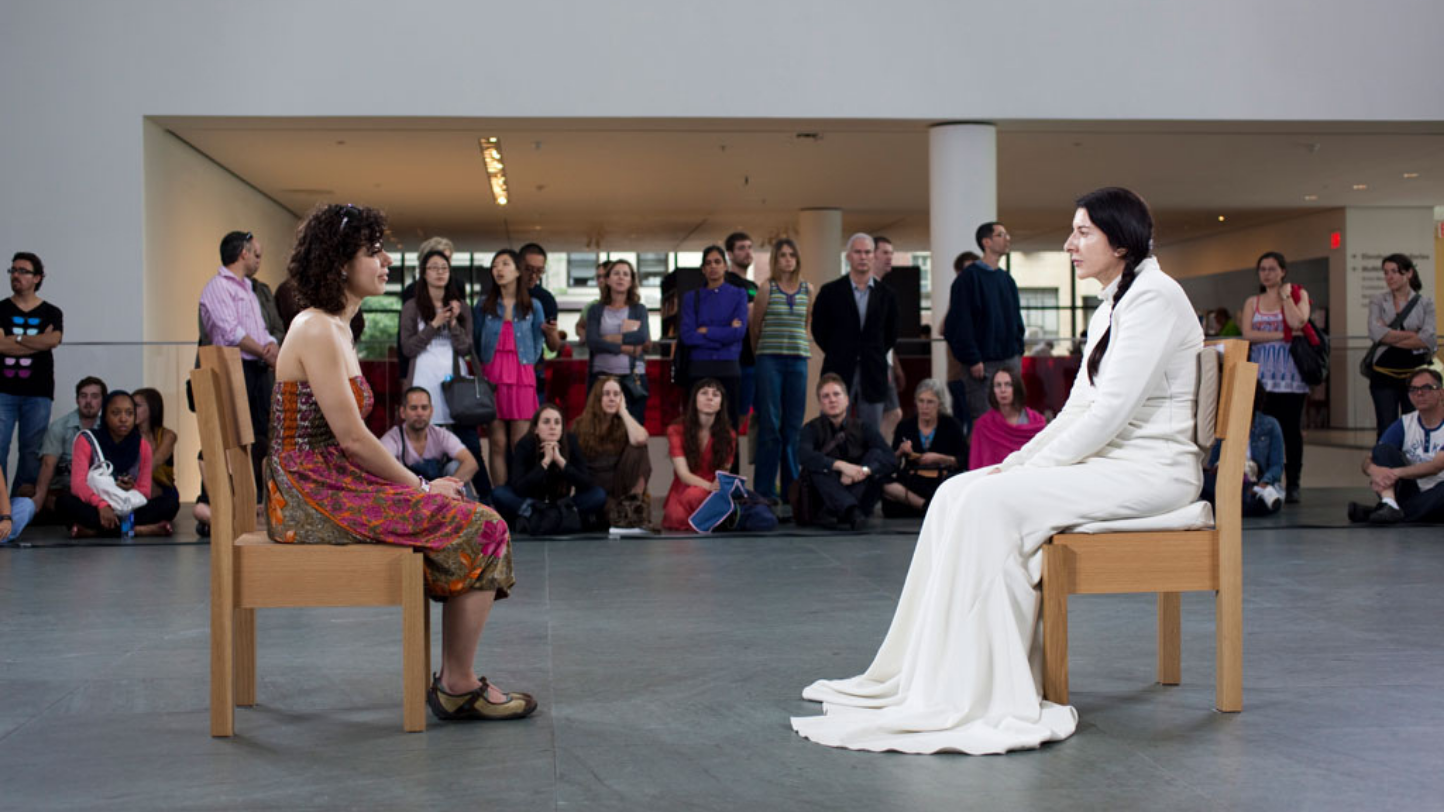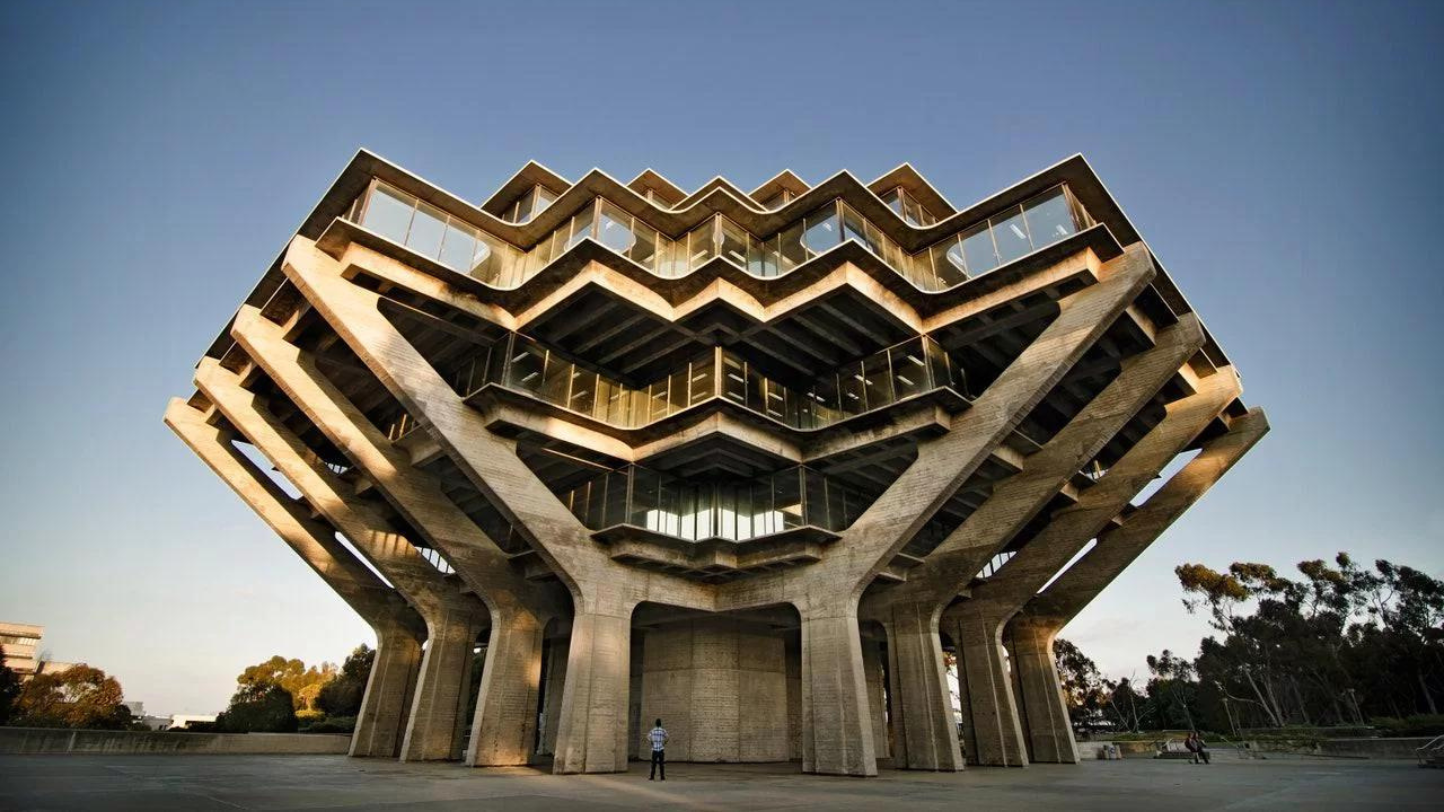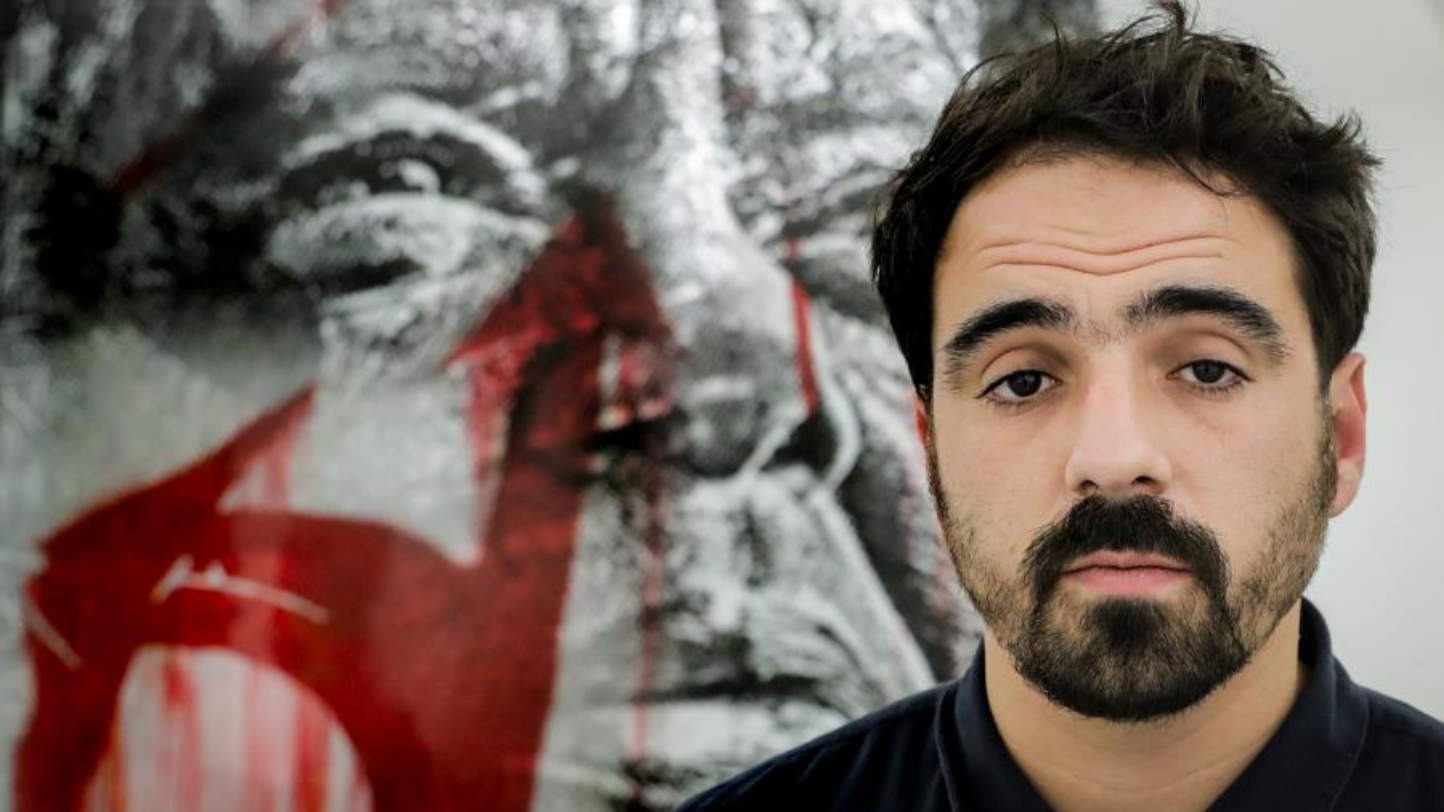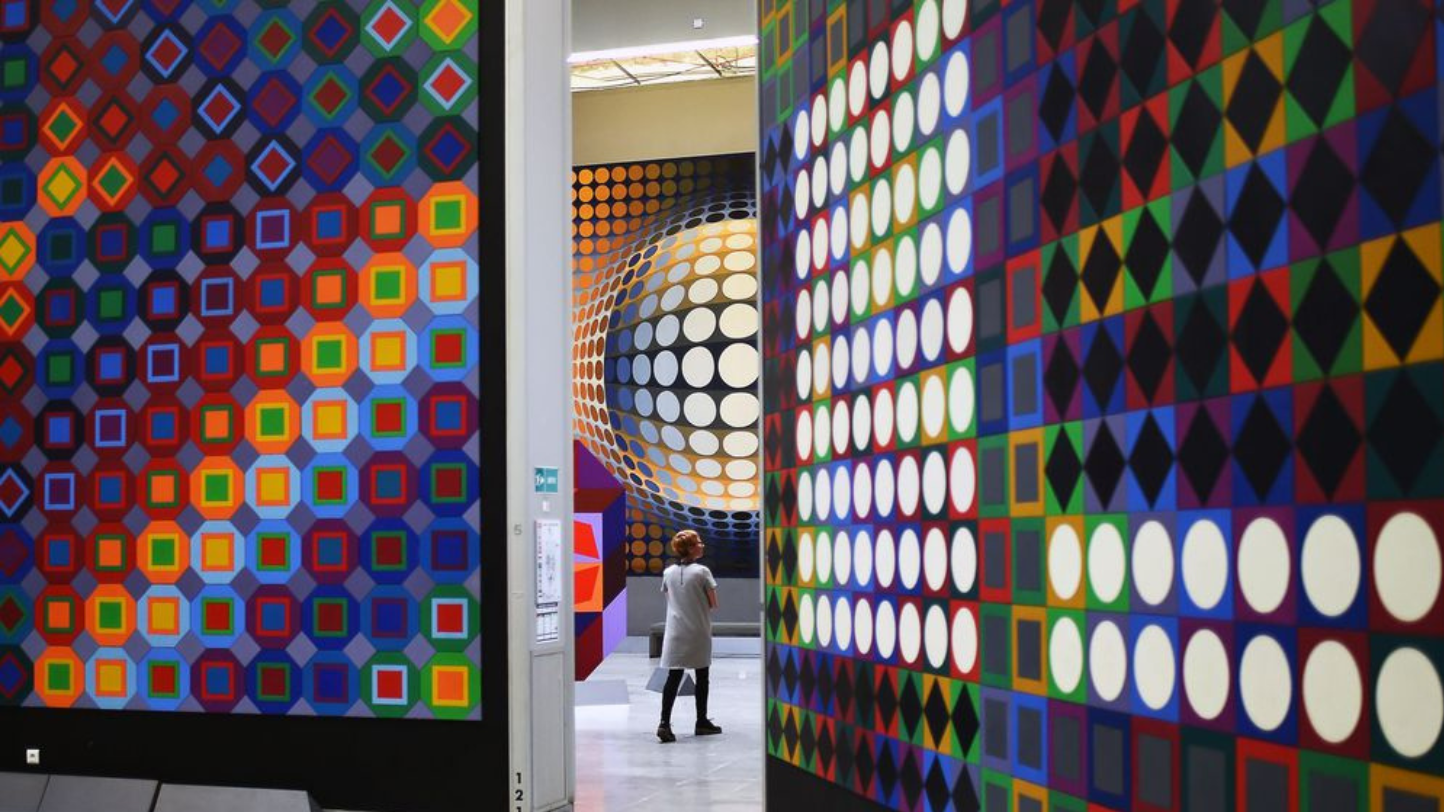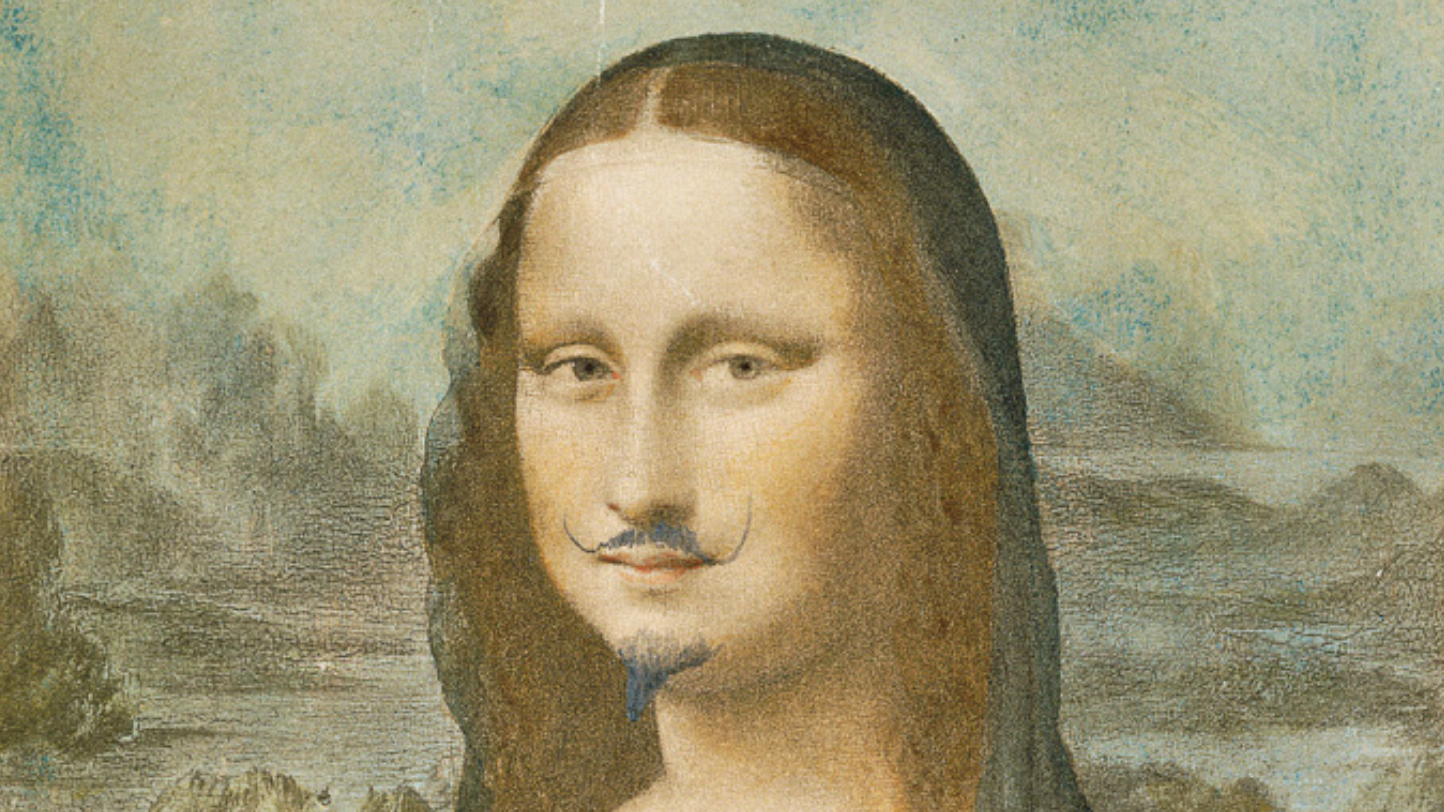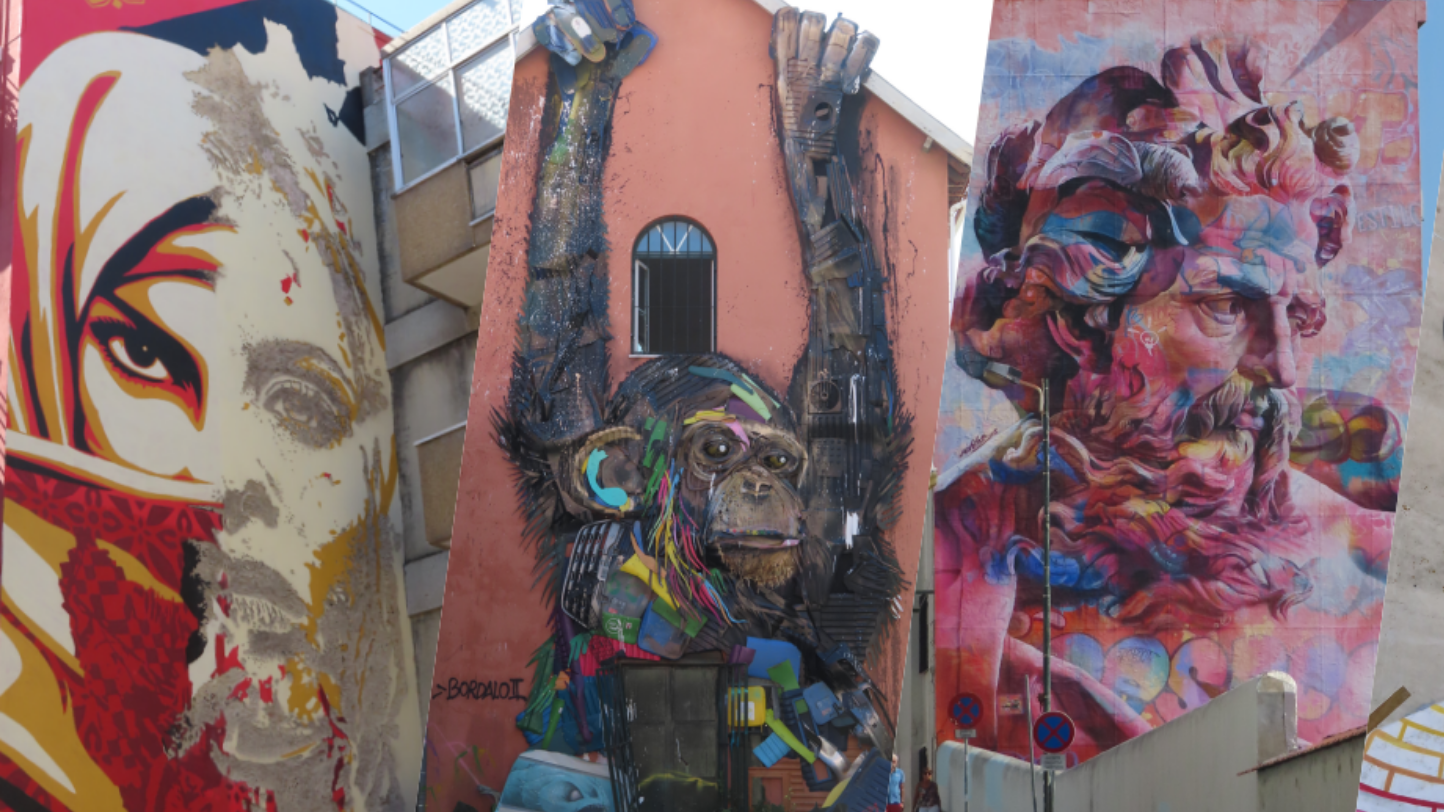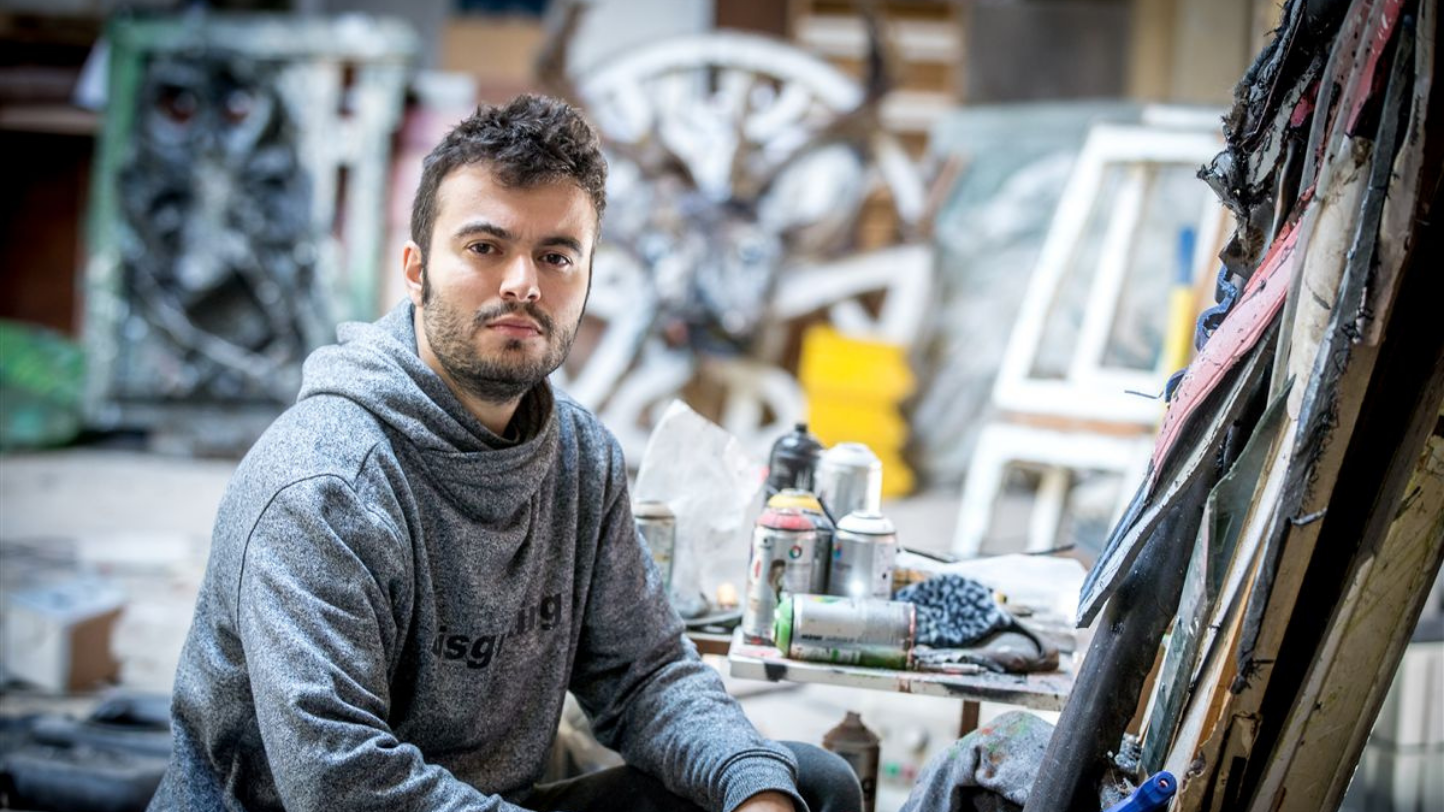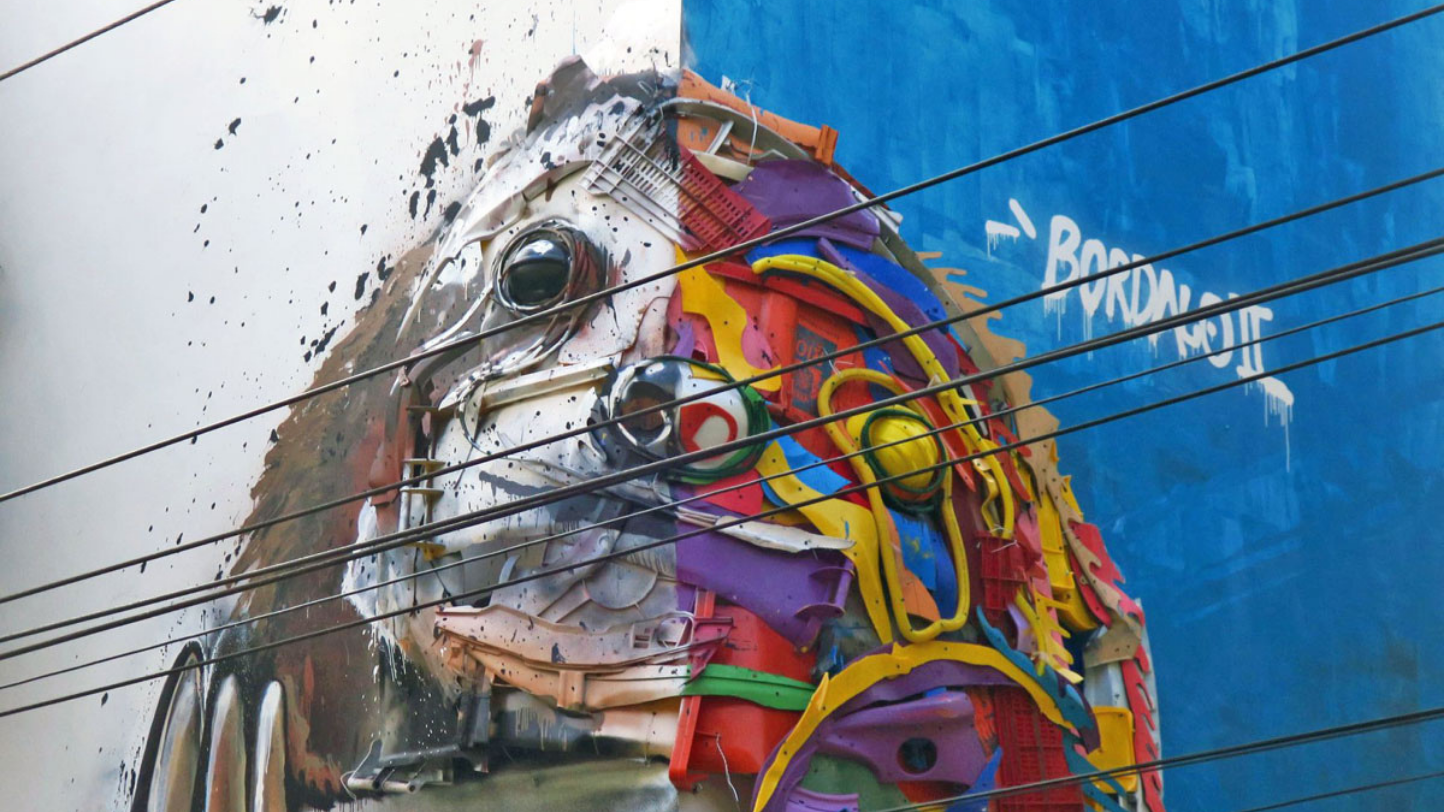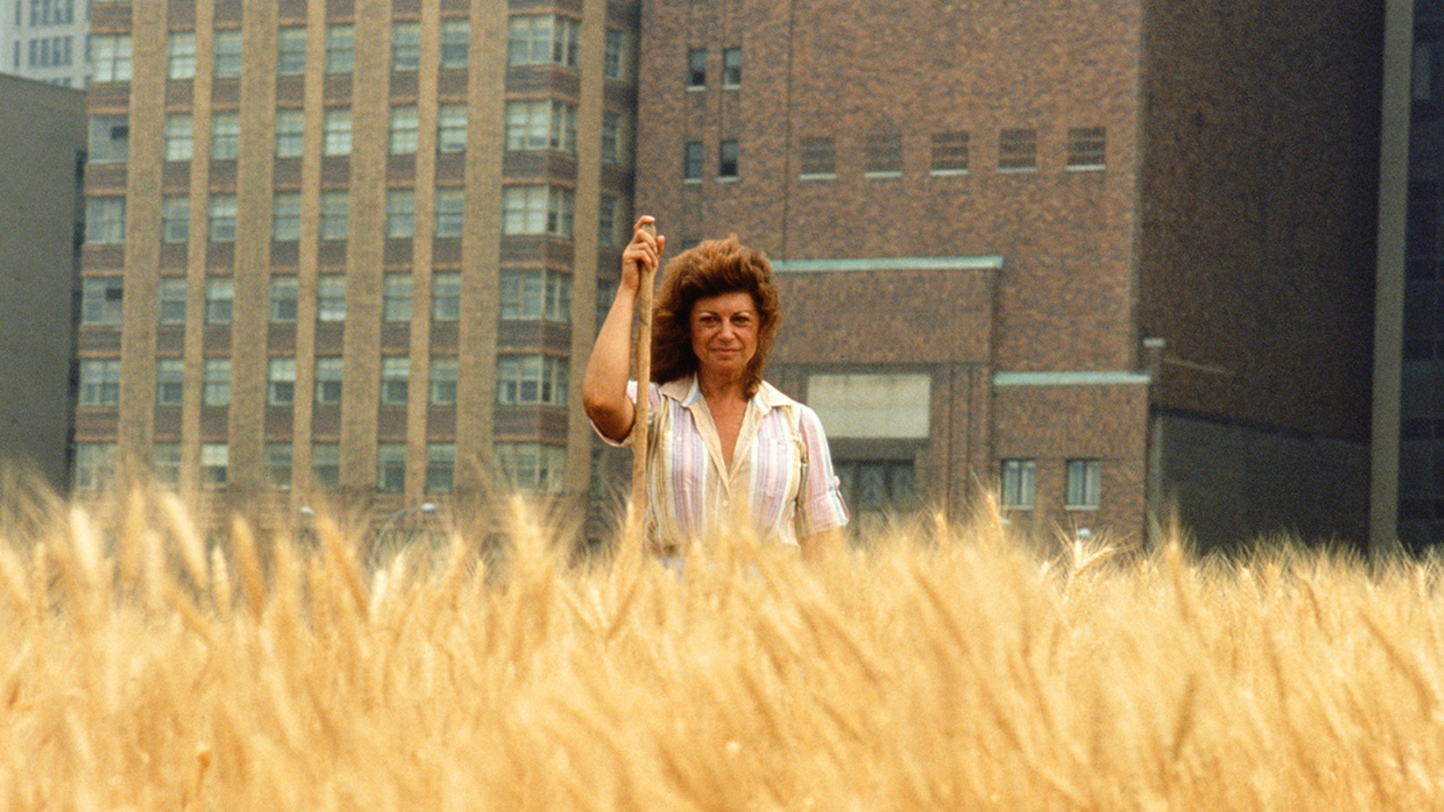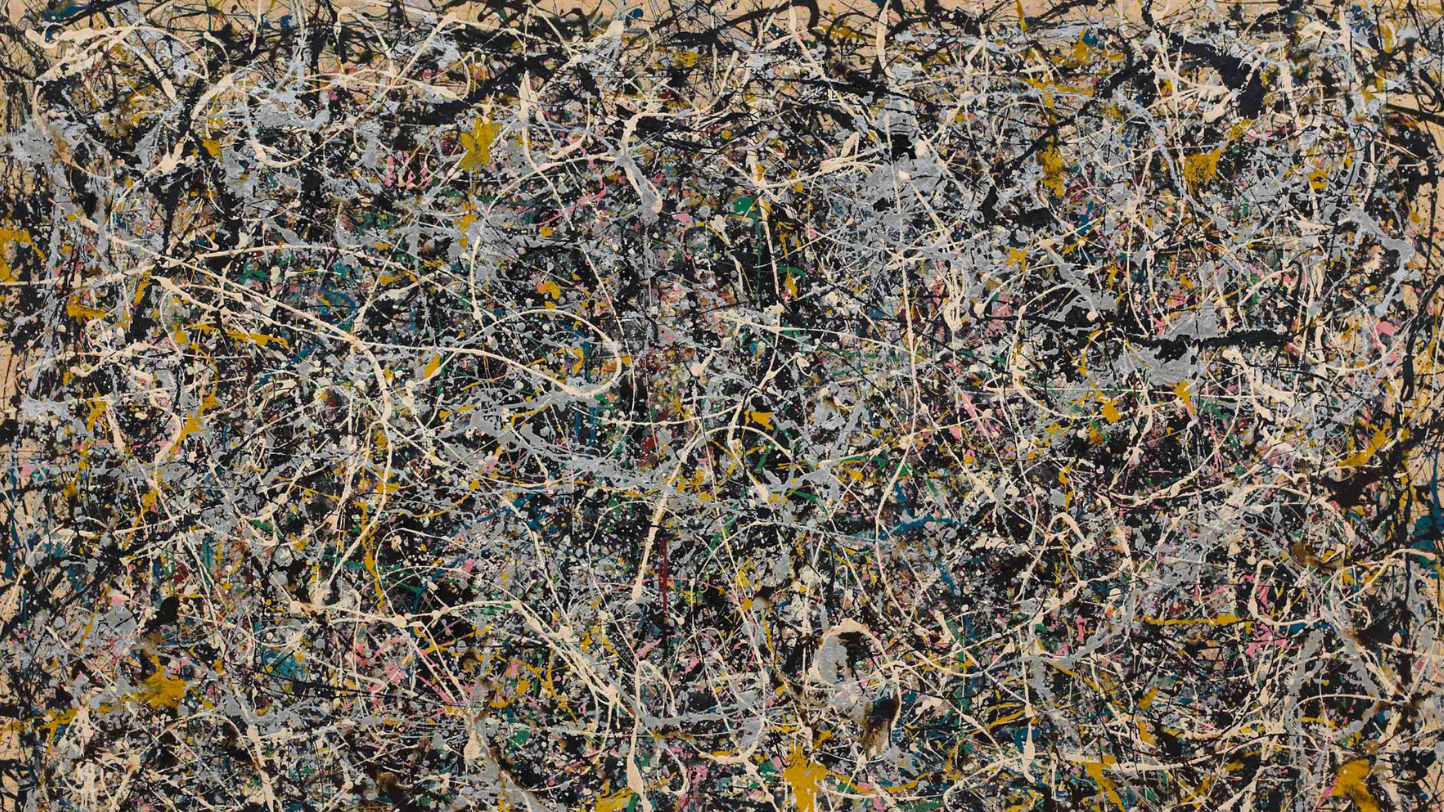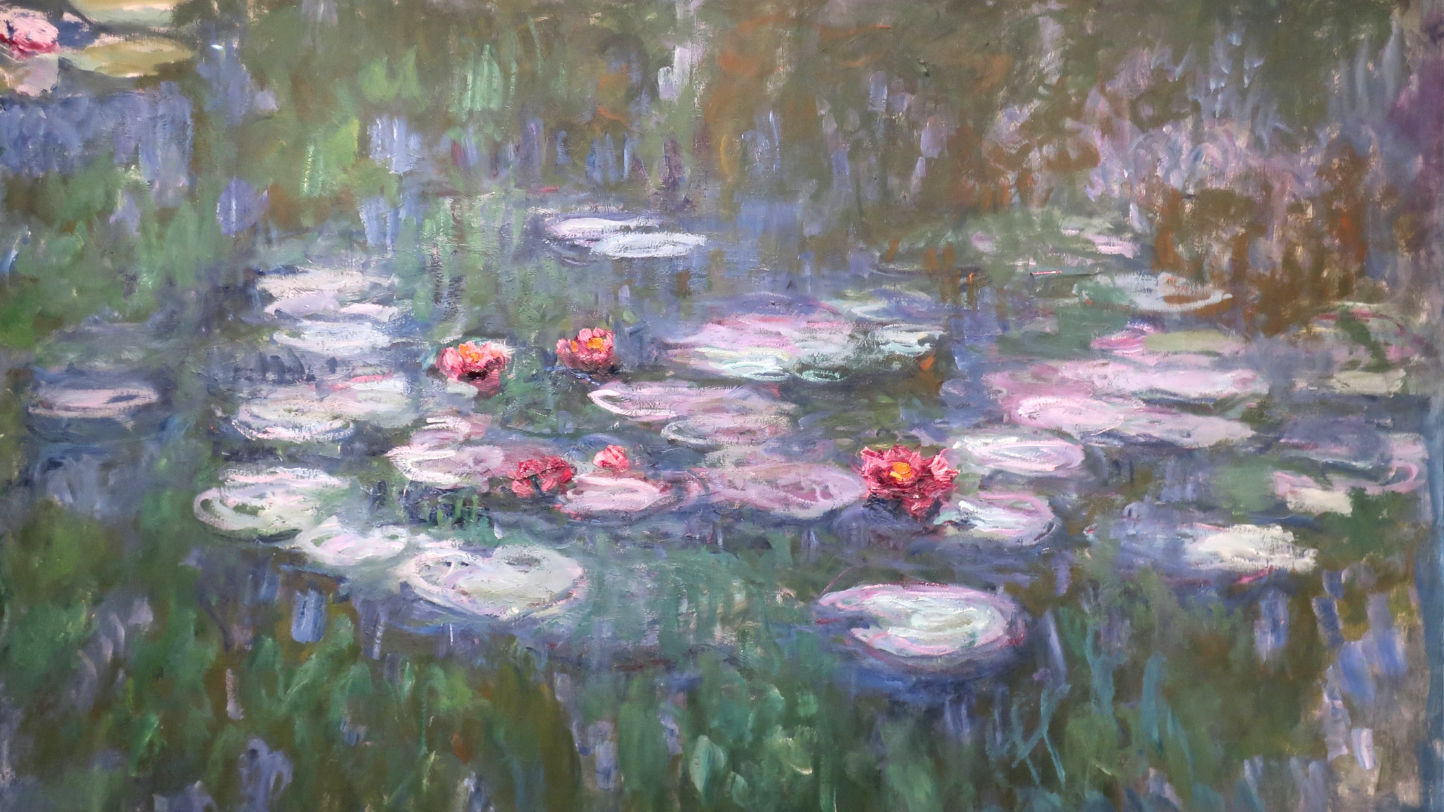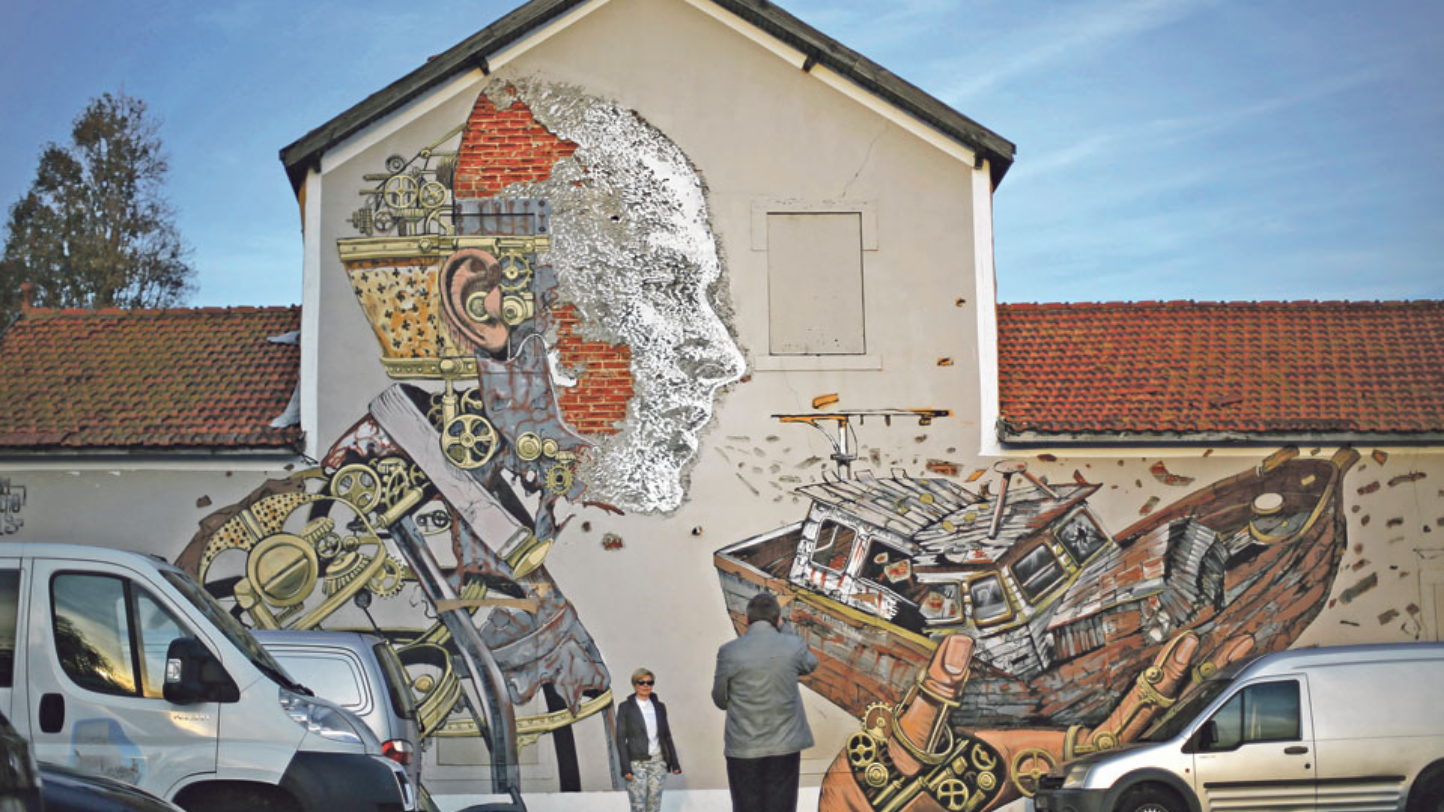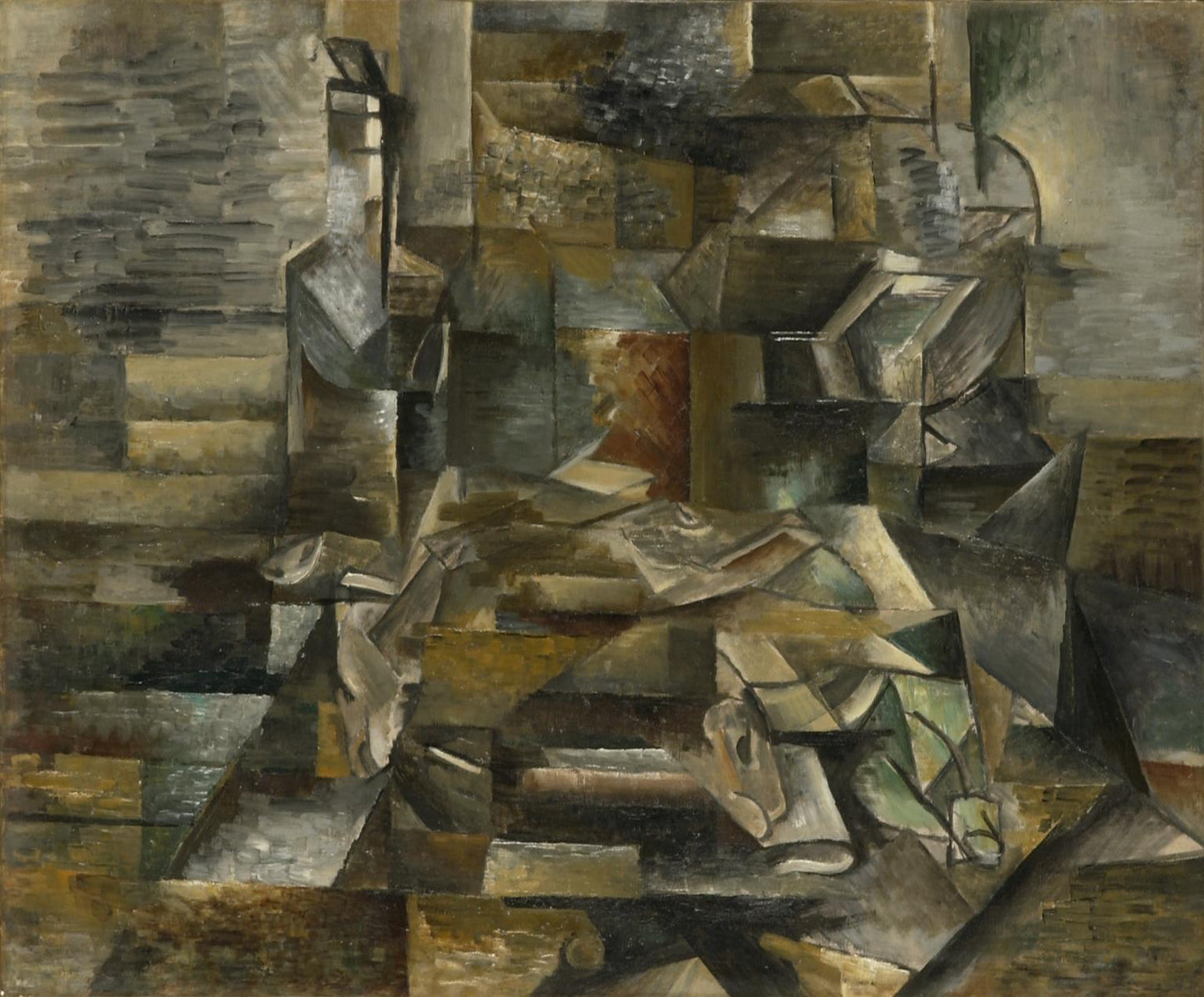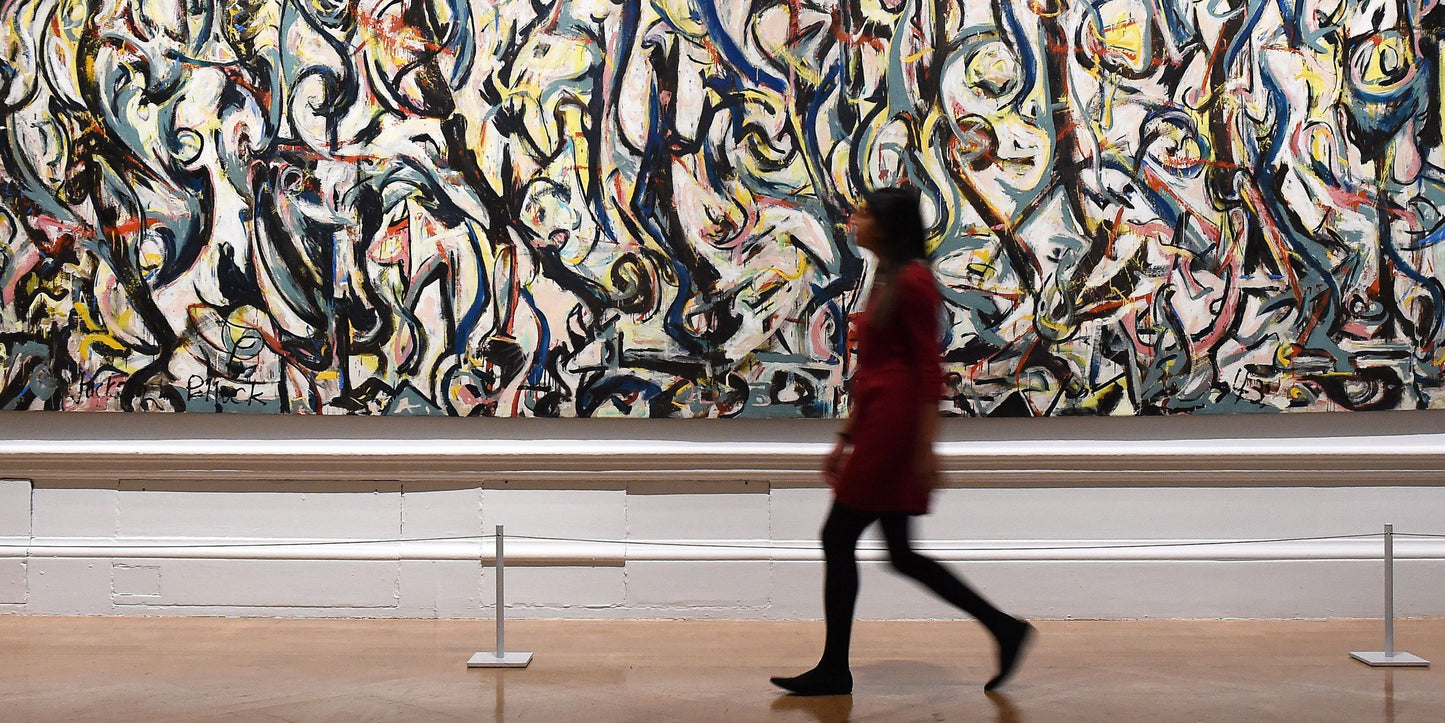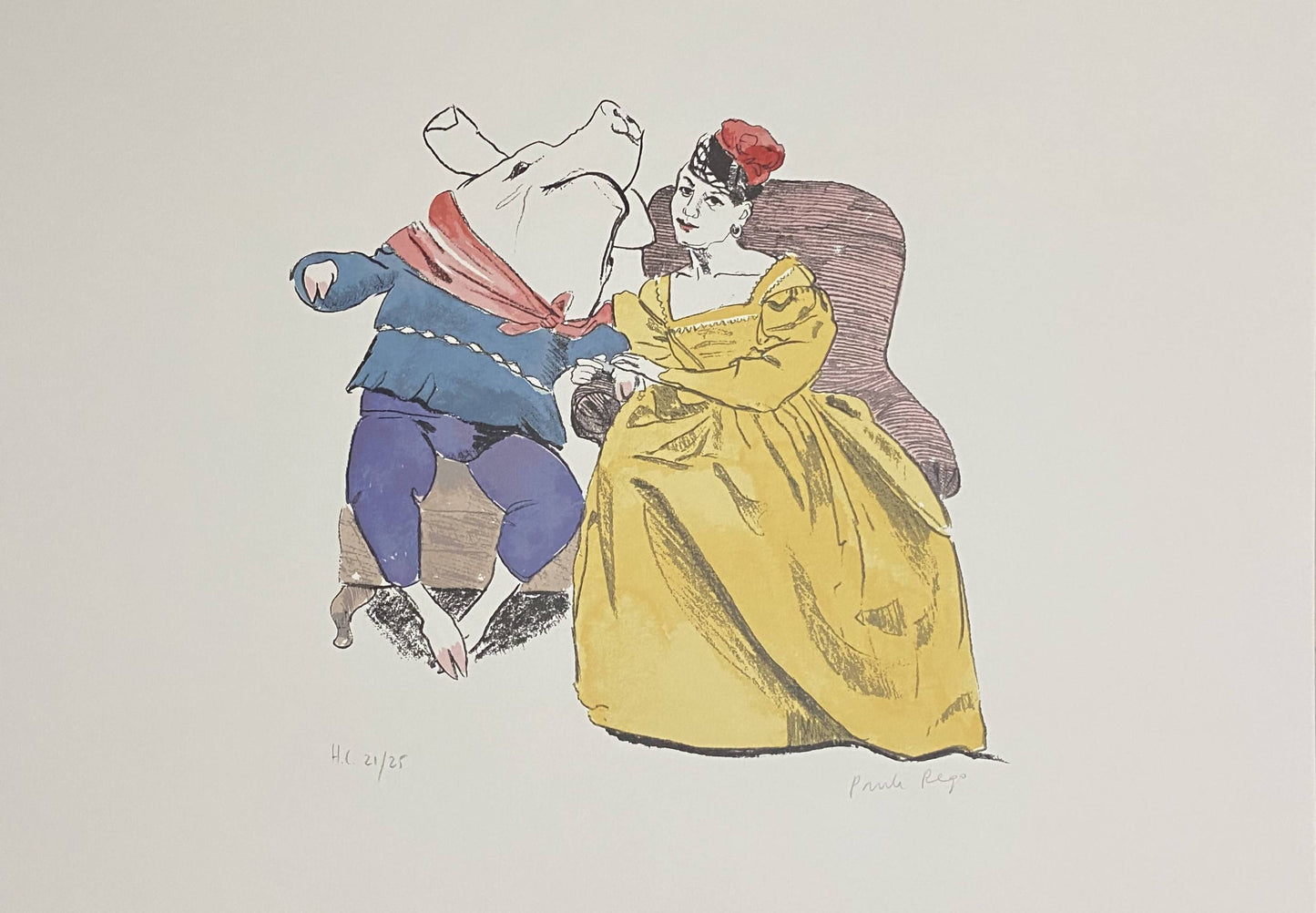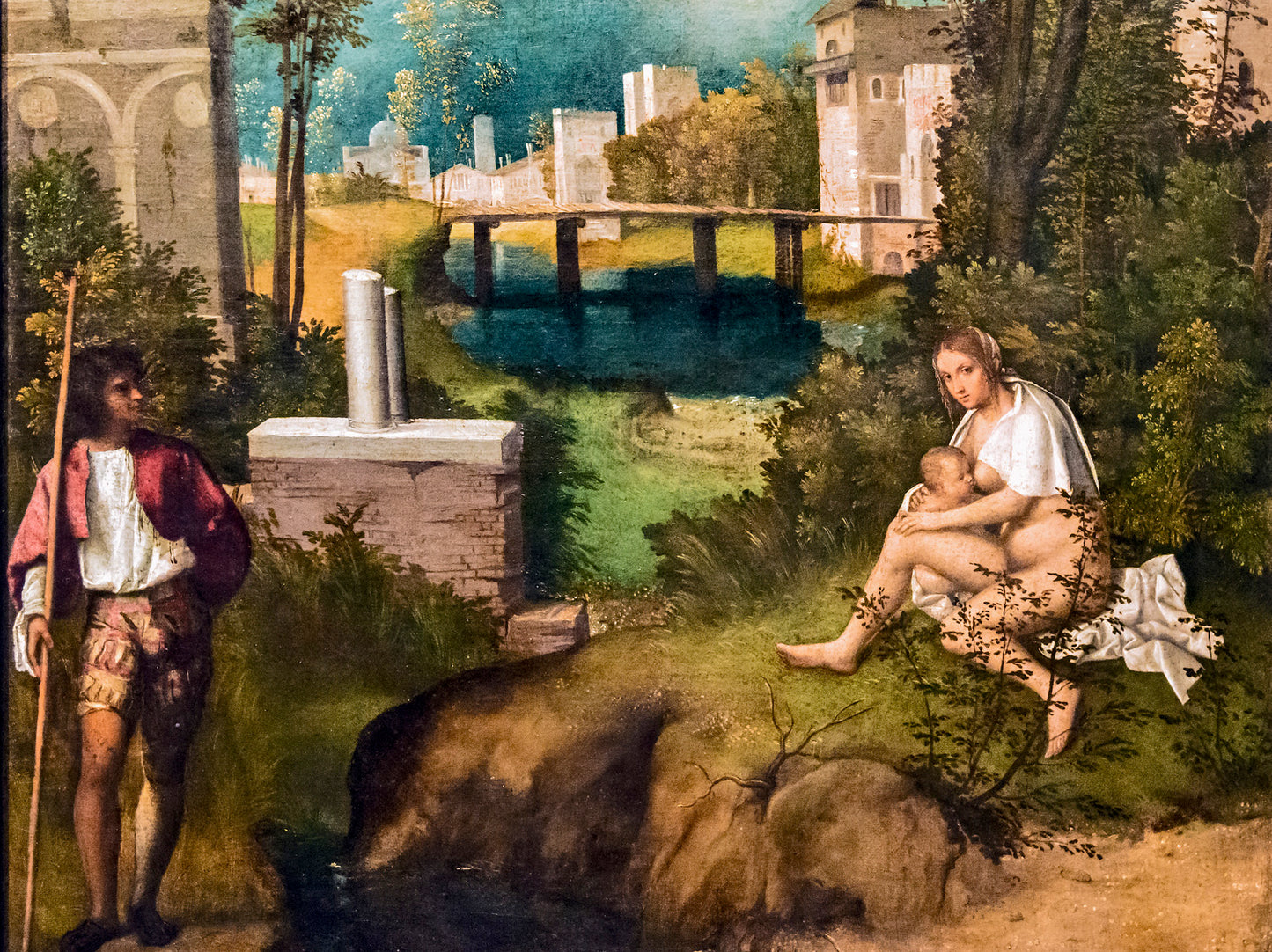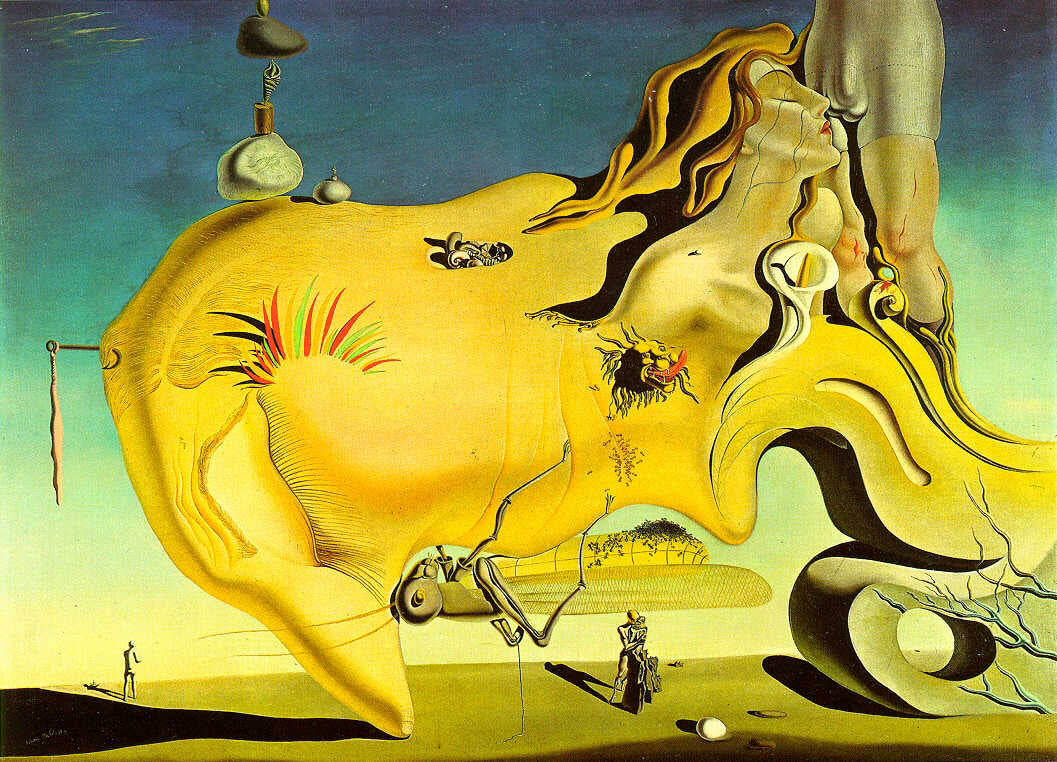UN chief Guterres stressed that wildlife is in danger, recalling that damage to the natural world ultimately threatens the existence and well-being of all individuals. Who are the artists who have produced work related to sustainability? Learn more in this article.
The landscape theme was constantly related to the affirmation of the main artistic movements, especially from the Renaissance onwards. Over time, this genre, which depicts mountains, rivers, bridges or architectural spaces, has undergone changes in terms of artistic means and languages. Currently, its relevance in the field of fine arts is remarkable; however, for several centuries, for the academy, it was considered inferior in relation to other genres. In order to understand how artists represent this theme in contemporary times, we will approach the artistic idea of landscape, from the Renaissance, through the Baroque, Romanticism and post-war period.

